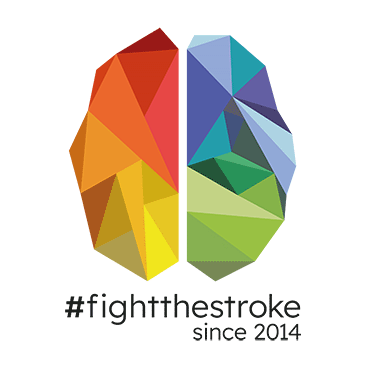What are the Mirror Neurons and WHERE IN THE brain are they located?
Mirror Neurons are brain cells that activate either when we do an action, or when we observe another person perform the same action. They are found in motor and pre-motor areas, in the lower parietal cortex of the brain, in the "Broca area". This particular category of neurons, originally discovered in the '90s by the Neuroscience group of the Parma University led by Prof. Giacomo Rizzolatti, can play a key role in the processes of learning, imitation and empathy.
According to prof. Vilayanur S. Ramachandran, the discovery of mirror neurons has been so revolutionary in the scientific field that 'mirror neurons will be for psychology what DNA has been for biology'.
How Mirror Neurons and Motility Rehabilitation are related?
The possibility to activate brain regions belonging to the motor system by simply observing an action has inspired numerous researches in the field of neuroradiology of various diseases of the nervous system in recent years, with particular regard to infant cerebral palsy.
In this area, Mirrorable is the first rehabilitation platform based on modern discoveries linked to brain plasticity and mirror neurons. Developed by FightTheStroke and designed explicitely for children, it has enabled the first pilot phase to show how learning and recovery of motor, cognitive and relational abilities are possible through Action Observation Treatment. In the application of this method to selected cases of emisindrome, the movement of the limb that tends to be used to a small extent is encouraged by observing another child who moves with the same limb.
What is cerebral plasticity and how does it affect post-traumatic recovery?
Brain plasticity is the ability of our brain to meet transformations in response to our experience, the surrounding environment, thought, emotion, and pathological events. This capacity, modulated by numerous genetic and environmental factors, is one of the fundamental biological substrates for recovering impaired functions in neurological pathologies such as brain trauma or stroke.
What is the Mirror Neurons Activation Process?
Mirror neurons are brain cells that activate either when we do an action, or when we observe another person perform the same action. Such a process of integration between perception and action can potentially involve all the sensory modes that carry a stimulus containing "motor information": in this way, a motor system response is evoked, as if the subject does the action itself.
Scientific research has shown that mirror neurons also activate in paralyzed subjects or with phantom syndrome (eg when the patient has undergone an amputation).
What is the difference between Action Observation Treatment and Motor Imagery?
AOT or Action Observation Treatment is a mode of rehabilitation therapy based on the theory of Mirror Neuron system: recovery of motor function is stimulated through the observation of another person performing certain actions.
Motor Imagery, on the other hand, is a rehabilitation approach based on the pure imagination of a particular action (or sequence of actions). It is based on the assumption that the imagination and the execution of the same action share the common activation of some brain circuits.
What is the difference between Action Observation Treatment and Mirror Therapy?
AOT or Action Observation Treatment is a type of neuroradiation based on the theory of the mirror-neuron-system, through which motor enhancement is produced by observing the actions of another person.
Mirror Therapy, on the other hand, is a frequently used rehabilitation approach in amputated adult patients, which activates specific sensory-motor brain areas by observing the movement's moving mirror, in order to give the brain the illusion of activating The so-called 'ghost' limb.
Milan, June 2017
For more information about the project: www.mirrorable.org


